Sitara H
Biology 🧍
13 resourcesSee Units
Who was Charles Darwin? Evolution and Adaptations.
Darwin & His Voyage 🚢
From 1831 to 1836, British naturalist Charles Darwin was part of a survey expedition on the HMS Beagle, taking him to different places in South America, Australia, and the like. In each new place he visited, he studied and cataloged the local flora and fauna, where he also began to notice patterns in the distribution of different features in organisms. 🌺
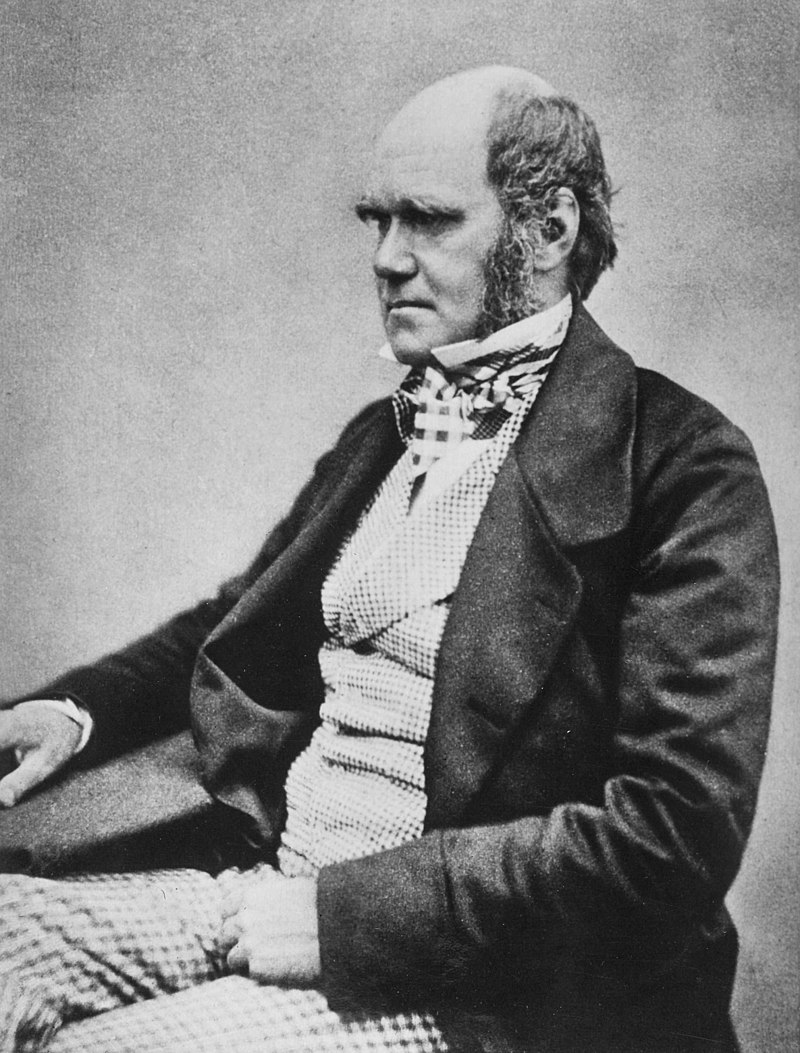
Image courtesy of Wikipedia
Some of the most famous observations he made took place in the Galapagos Islands, off South America's Ecuador coast. 🏝
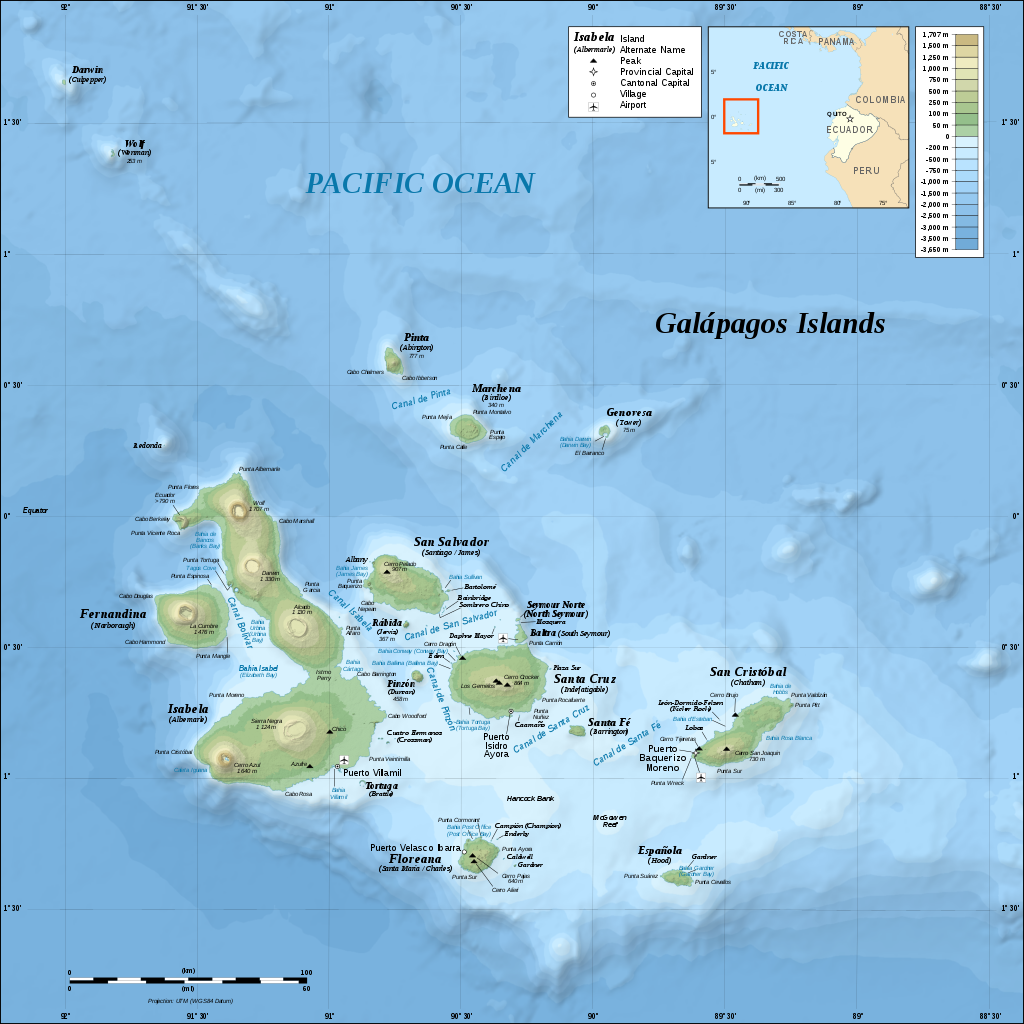
🐒 On The Origin of Species
Darwin is most famous for his 1859 book, On the Origin of Species, which detailed his evolution and natural selection ideas. Considered the foundation of evolution as a subfield of biology, it presented Darwin’s observations of the traits of different Galapagos finch species as evidence that the diversity of life arose through evolutionary patterns from a common ancestor. 📝
Different evolutionary ideas have already been proposed to explain new biological findings. However, at the time, scientists in England were still closely tied to the Church of England, and science was still treated as a part of theology. As a result, the publishing of Darwin’s book drew lots of interest and sparked scientific and philosophical debate. 🗣
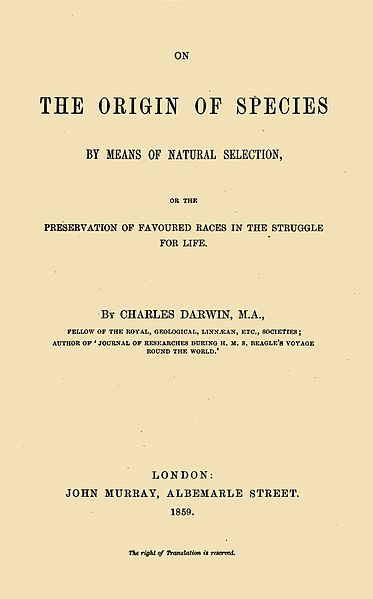
Image courtesy of Wikimedia
🦆 The Galapagos Finches
Darwin found that nearby islands had similar but nonidentical species of finches living there, with each finch species being well-adapted to its environment. For instance, species that ate large seeds had large beaks to help them do so, while those that ate insects had thin beaks. 🌈
Darwin came up with his theories on evolution much after his trip, however. He theorized that these patterns would make sense if the Galapagos Islands were populated by birds from the South American mainland a long time ago, with the finches adapting to local conditions on each island over many generations. Over time, this process would lead to the formation of many distinct species. 🆕
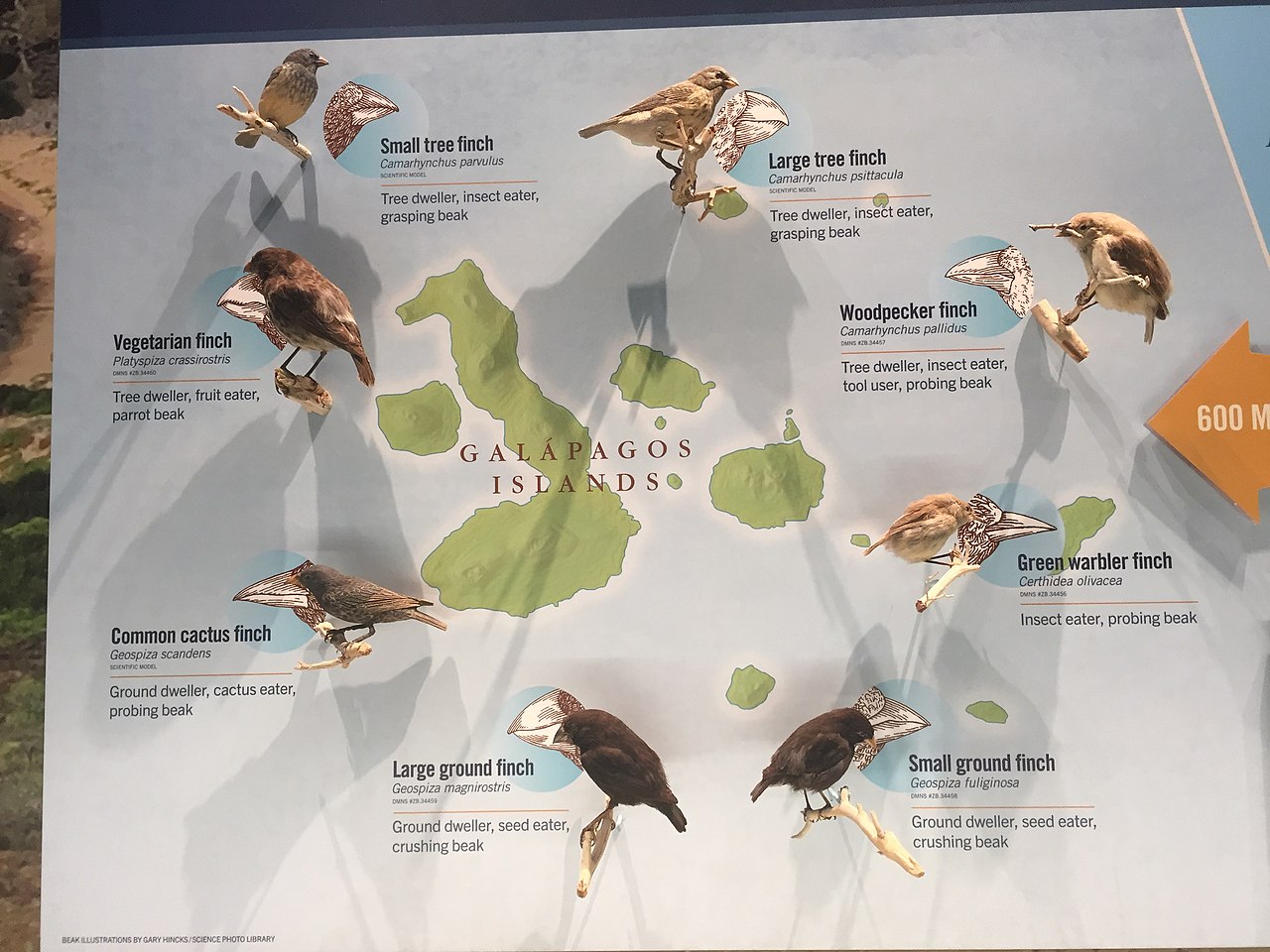
Image courtesy of Wikimedia Commons
Theory of Evolution 🌳
Darwin proposed that species can change over time and that all species share a common ancestor that they grew apart from over many generations. Each species has its unique genetic differences from the common ancestor. 💯
This process can be modeled by a multi-level “tree” that links all living organisms today, with repeated branching where new species diverge. 📊
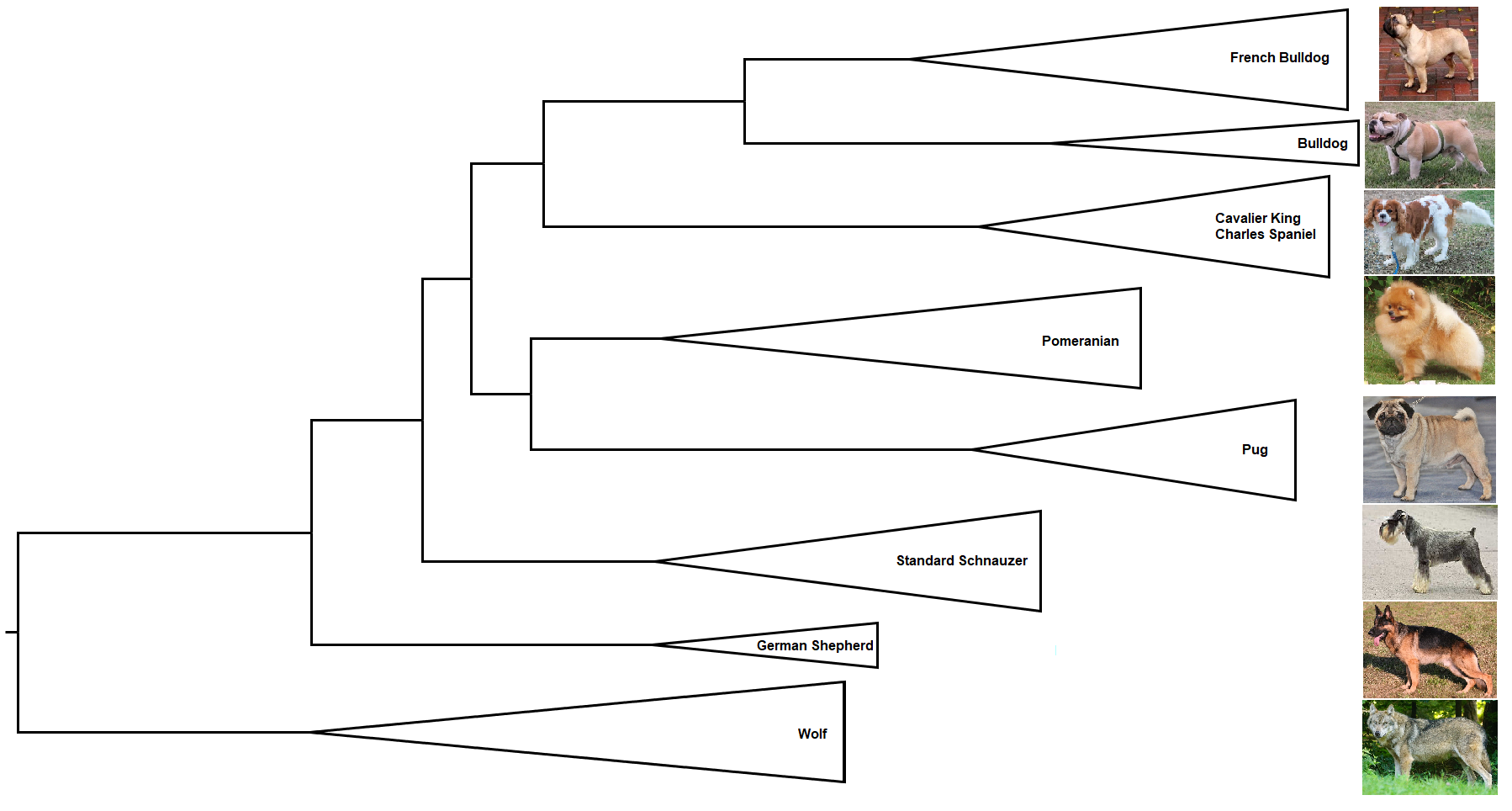
Image courtesy of Wikipedia
Darwin referred to this process as “descent with modification,” where organisms change their heritable traits over generations, and this is the process that we now refer to as evolution. 😲
📉 Natural Selection
In its simplest terms, natural selection is Darwin’s proposal for how evolution occurs and how organisms adapt more to their environments over time. He based this idea on several basic observations:
- Most traits are inheritable. Darwin didn’t know that these traits were inherited genetically because we didn’t know much in the 1800s. He did understand that they were passed from parents to offspring. 🤼
- Less offspring survive than are produced. A given environment can only support a certain amount of offspring before its resources become scarce. Thus, there is competition for limited resources as more offspring are produced each generation than can survive there. 😞
- Offspring vary in their inheritable traits. This is just the idea that no two organisms are the exact same! In any group of offspring in a generation, there will be slight (also inheritable) differences between two organisms, such as size, shape or color. 🟥🟧🟨🟩
🥜 So this was Darwin’s idea in a nutshell:
In a population, some individuals will have more favorable traits for survival and will have an easier time surviving and reproducing than their peers with less favorable traits. Organisms with favorable traits leave more offspring; therefore, these traits will gradually become more common throughout the population. In this way, populations become adapted to their environments as generations pass. ⌛
These ideas helped Darwin explain the patterns he noticed in the Galapagos finches. The birds generally resembled one another, which showed that every finch species present there shared a common ancestor at one point. As each group of finches was on a separate island for generations at that point, they all evolved to fit different environments where different traits were favored, such as sizes and shapes of beaks for various food sources. 🐦
In Summary 😌
Individuals with traits helpful in a given environment have great reproductive success than their peers consistently. These favorable traits will gradually help the population become adapted to its environment! ✅
- Natural selection varies based on the environment. It doesn’t favor any specific type of traits, just those beneficial in that particular environment. 🏆
- Natural selection requires existing variations. For natural selection to take place, there must already be differences among individual organisms. ⚡
- Varied traits come from random mutations. The source of the new variants of different genes that produce heritable traits comes from spontaneous mutations that get passed onto offspring. 🎡
🤝 Connect with other students studying Biology using Hours!
Browse Study Guides By Unit
🔬Cells
⚙️Biological Processes
🧍Human Body Structures
👨👩👦Genetics
🐒Evolution

Fiveable
Resources
© 2023 Fiveable Inc. All rights reserved.